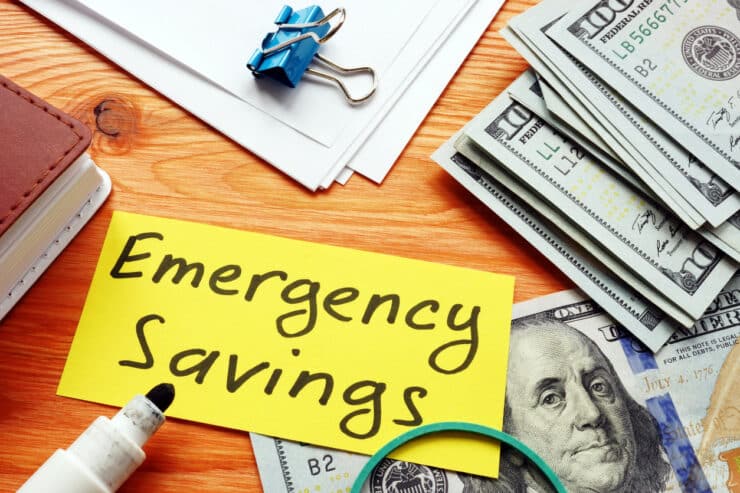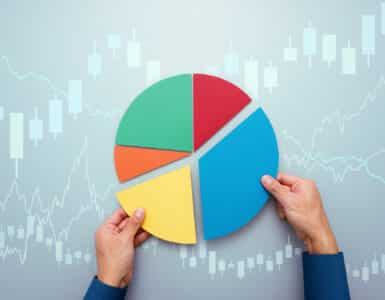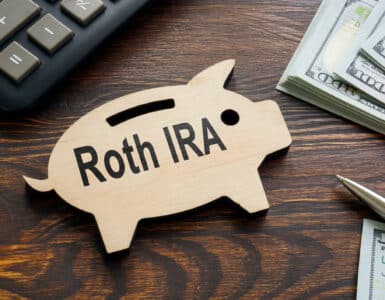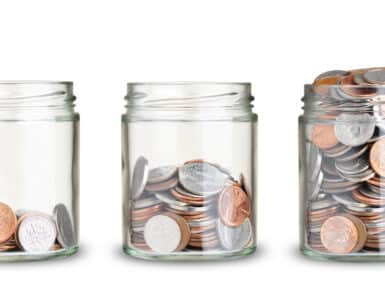Life can get expensive fast. Cars crash. Heaters die. You bend over to put on a sock – like you’ve done a thousand times before – and your back gives out. Hello pricey medical bills, prescriptions, physical therapy, and unplanned days off from work.
To help us prepare for the unexpected, we build up emergency funds and hope we never need them, though we probably will. Many Americans seem to be taking this financial priority to heart. A new Wealth Watch survey from New York Life found that 83% of U.S. adults polled in late 2022 reported having a long-term financial goal for 2023, with building up emergency funds at the top of the list.
As we lean into the second month of 2023, now is a great time to assess your personal savings goals to ensure you can successfully weather a financial storm. To do that, ask yourself a few questions:
- How well am I saving for emergencies?
- How much do I really need to save?
- Have I optimized my savings account this year?
Determine the Dollar Amount
What does a well-stocked emergency fund look like?
It depends on several factors, including how many people are in your household, if there’s more than one income stream coming in each month, and how much it costs to pay your most basic bills such as rent, utilities, food and transportation to get to work.
One school of thought is you should start by saving enough to cover one month’s worth of living expenses. Once you accomplish that goal, you can start adding more to it gradually, until you reach a three- to six-month cushion of cash. Those who live in smaller households may need a little less, while those with larger families and only one income may need to save more.
Stash It Safely
The key here is to be able to access the money without incurring a penalty or fee. That means placing it in a high-yield savings or money market account at your local credit union or bank. You don’t want to place it in a certificate of deposit (CD) account because you won’t have quick access to the funds. You also don’t want your rainy day money to be in a risky place like the stock market. Investing in stocks is a good way to build wealth long-term for retirement. Not so much for stashing cash you need to get your hands on in 24 hours.
Make It a Habit
Since the pandemic, Americans have been doing a better job of saving. A great way to create a solid habit of saving continuously is to make it as convenient as possible and automate the process. That means, of course, setting up an automatic deduction from your checking account every month that flows into a separate savings account. Moving the money out of your checking account will help ensure you don’t blow it. I like to say if you can’t see it or touch it, you won’t spend it.
Optimize Your Savings
While record-high inflation isn’t great when we have to buy groceries and gas, it’s nice to earn more in the form of interest on the money we save. If you haven’t already moved your emergency fund to a high-yield savings account this year, now’s the time to research how much more you can earn by doing so. It’s probably much more than you think.
Check in with your financial institution to see what options are available to bump up the interest you are earning. To that end, here’s some news you can use. In mid-February, many financial institutions were offering an annual percentage yield of 3.5% and higher for savings and money market accounts in the U.S.
With reporting by Casandra Andrews






